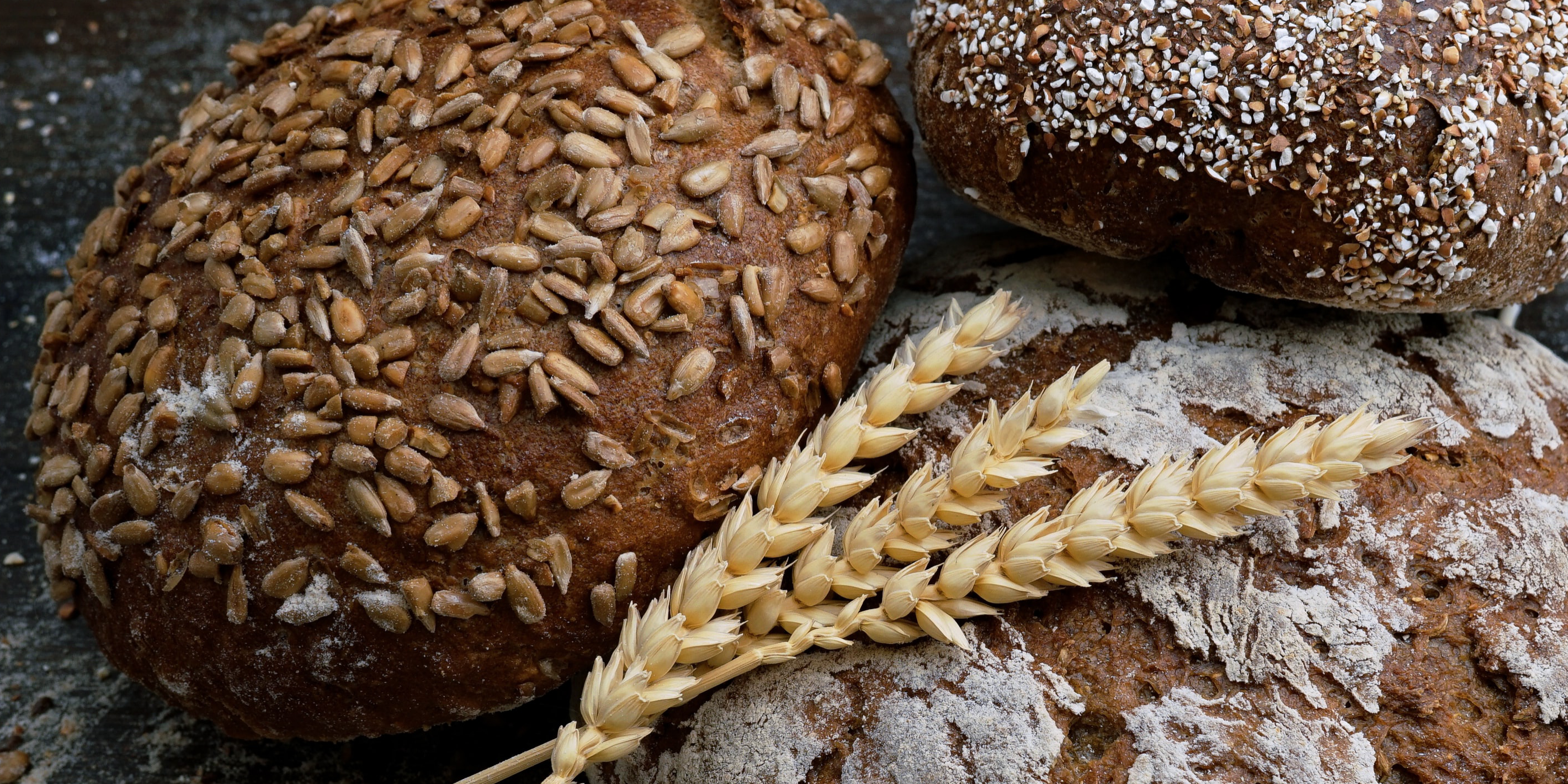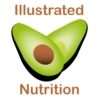A Comprehensive Guide to Gluten:
What It Is, the Gluten-Free Diet Fad, and What to Do About It

Gluten. It seems to be in the news every day. You might have seen articles talking about the gluten-free diet fad or celebrities who are "going gluten-free." What is all this fuss about? Is gluten really that bad for you? And what is gluten, anyway? In this article, we will break down everything you need to know about gluten: what it is, the diet fad, celiac disease and gluten sensitivity, elimination dieting and food sensitivities, and what foods contain gluten. We will also discuss how to go about eliminating gluten from your diet if you think you might be sensitive to it.
Gluten Is a Natural Food Component
What is gluten? Gluten is a protein found in wheat, rye, and barley. It binds ingredients together to make breads, crackers, and baked goods fluffy and spongy. Basically, it's responsible for dough consistency. Gluten gives bread its chewy texture and helps it to rise. It also prevents baked goods from being especially breakable or crummy. It is NOT a product of processed foods, nor is it necessarily an enemy. In fact, gluten has been around since the cultivation of grain, somewhere around 10,000 years ago.
It is, however, found in many starchy carbohydrates. So it's no surprise that people around the world found that when they let go of gluten, they started dropping in weight. Was this because of the gluten? Or was it because they started eating lettuce wraps instead of tuna subs? Seeing as diagnosable gluten sensitivity only affects 1% of the population, my money's on the latter. Let's review the history.
Nearly 2,000 Years of Misdiagnoses
About 80 years ago, however, the medical community became aware of a unique sensitivity to gluten that affects about 1% of the overall population, although this number varies by country. The sensitivity was labeled "Coeliac Affection" by Aretaeus Cappadocia somewhere in the early first millennium, but gluten as the cause of the affliction wasn't discovered until 1952! Before this discovery, the mortality rate for children with celiac disease was a whopping 30%. It wasn't until the early 1990s that celiac disease was proven and accepted as an autoimmune disease.
Celiac Disease and Gluten Sensitivity
For people with celiac disease or gluten sensitivity, eating gluten can cause serious health problems. Celiac disease is an autoimmune disorder that damages the lining of the small intestine and prevents it from absorbing nutrients from food. This is very serious, as even a small amount of gluten can cause this chain reaction in the gut, and it takes time to heal. Individuals diagnosed with this disease have to be very careful about food contamination and reading food labels. Undiagnosed celiac disease often leads to dramatic weight loss and malnutrition.
Gluten sensitivity is less severe but results in similar immediate symptoms to eating gluten. Both celiac disease and gluten sensitivity can cause fatigue, bloating, diarrhea, weight loss, anemia, joint pain, and malnutrition. There is some evidence to suggest correlation (but not yet causation) to serious health problems like osteoporosis and infertility.
Determining Gluten Sensitivity
If you think you might have a sensitivity to gluten but have ruled out celiac disease--with blood tests from your doctor--as a culprit, consider this rubric for determining gluten sensitivity:
- Consuming gluten causes immediate symptoms.
- Those symptoms disappear on a gluten-free diet.
- Reintroducing gluten causes a return of symptoms.
- A blind gluten vs placebo test confirms the hypothesis.
Is the Gluten-Free Life for You?
Because my daughter has diagnosed celiac disease, we have to know this world inside and out. If you have diagnosed celiac disease, you need to go gluten-free for your health. If you have gluten sensitivity, however, like my sister, you will probably find tremendous benefit from eliminating gluten. Immediately, you may drop retained water weight, reduce bloating, decrease inflammation, and truly just feel better and more energized from your food. That's great! And we're behind you!
But if you're restricting gluten as a tool to lose weight as one of the 99% of the population not affected by gluten? Just know the truth behind what you're really doing: reducing carbs, reducing calories. And there is nothing wrong with that! The danger creeps in when we say a gluten elimination diet is the key to losing weight, and then we buy high-priced, GF-labeled cookies, crackers, and cake mixes telling ourselves we've found the cure to having our cake and eating it too.
There is no magic pill. There is only healthy food choices, moderation, and listening to your body. So go get 'em, tiger. We know you can.
GF Tips and Tricks
Before you go, we'd be remiss if we didn't call out some helpful tips for eating gluten-free.
- Read labels: wheat, rye, and barley are your buzz-words. Also look out for malt flavoring (think, Rice Crispies) which is made from barley. In the beginning, we had to read everything because we just didn't know, and I was surprised to discover Red Vines, sure enough, made with gluten. And because I get asked this all the time, soy does NOT have gluten in it.
- When in doubt, Google it out: we, gratefully, do not live in the 70s, 80s, and 90s when this was first being diagnosed and worked out. It's 2020, people, and armies of moms and doctors out there handling kids with celiac disease have made comprehensible resources to help you.
- Check out and support GF Restaurants: Restaurants like Costa Vida, Chick-fil-a, and Red Robin are just three chains we love who understand celiac disease and the danger behind cross contamination. Dominoes offers a GF crust, but they make it on the same surfaces as their other doughs, so don't take "GF options" at face-value without asking questions.
- Watch out for sauces, seasonings, condiments, and soups: Because flour is a common thickening agent, it is often found in these sneaky places. We had to give up our traditional Cream of Chicken soup, Teriyaki sauce, and taco seasoning when our daughter was diagnosed. So, again, read those labels!
Pro tip: if making your own soups or sauces, corn starch is a the best substitute for flour. Just use half the corn starch for any amount of flour.
When baking, however, we tried every GF flour substitute at our local Walmart and Cup4Cup was our favorite, tested in this tasty gluten-free lemon bar recipe!
- Eat potatoes and rice: There's an overwhelming moment when switching to a GF lifestyle (or when you have a friend coming over that has GF needs) that says you need to go buy GF breads, pastas, flours, cookies! But you really don't. Pick meals with potatoes or rice as the starch, and you'll be just fine. Fresh fruits and veggies are also 100% always gluten-free.
Good luck out there, friends! It's a good world to live in for gluten sensitivities. You got this.
